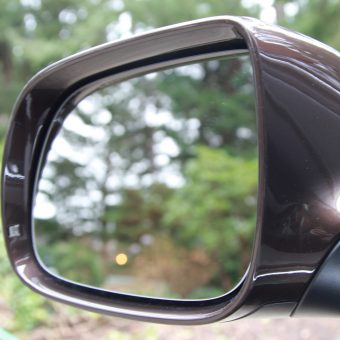In the last year, I’ve had the pleasure of helping Master of Science in Nursing students learn about the constructs of nursing informatics. In their assignments, the students were asked to provide examples of current and cutting-edge health technologies and their impact on patient care delivery.
Much of the time, existing innovations were described. Among them, electronic health records, clinical decision support, robotics, sensor technology, mHealth and handheld devices, virtual care, 3d-printing and clinical simulation. All acceptable responses.
What was missing in their answers? The new school and futuristic health innovations that improve the care of not only a single patient, but global populations.
Specific innovations not discussed in student responses were the use of Big Data, artificial intelligence, and predictive analytics. Genomics, precision medicine, and the Internet of Things were also not identified. These advanced technologies experts in the industry know about without any formal education aside from interest and necessity in our work were overlooked.
The blind spot in nurses’ awareness
Gladly, these 2.0 technological advances are being adopted and applied. They are becoming more robust and now have global attention, with much discussion in the healthcare media, academia, and numerous vendors offering successful solutions. Policy makers and working groups are meeting regularly to address the fruits of these innovations. All good stuff.
But what about the nurses working in clinical settings and support roles, who are lacking knowledge of emerging technologies – those that we depend on to give the best care to patients in the moment?
The next step beyond continuing the successful use of existing technologies, such as collecting data with EHRs, is eliminating this gap by disseminating practical knowledge of these advanced innovations to nursing leaders and those in clinical settings for adoption and implementation.
This is a call to go beyond the introduction of new, beneficial tech innovations and apply them in clinical settings
It’s time to use these new technologies tactically, to keep all nurses moving forward in practice. There is a need to evolve beyond the chatter and development of theories, software systems, and devices. A collective focus on how we get the benefits of these innovations to the point of care is essential – further than the promise of function, but a clear plan for operationalization to transform nursing practice.
Together, as leaders and educators, we must find and encourage alternative outlets outside of academia to help nurses learn about emerging technological innovations and how they can significantly improve care in all practice settings. We need an immersive way to increase the knowledge of these technological advances to improve outcomes and create healthier communities.
Let’s encourage all nurses to understand, adopt and use these emerging technologies, through enhanced data literacy and cultivating innovation concepts in hospital units and clinics. The promotion of nurse creativity behaviors is foundational to clinical transformation in the rapidly changing technology healthcare landscape and the nursing profession.
It’s time to get started
Nurse Evolution will guide all nurses in the latest health tech advances, the practical applications of data and how to nurture creativity. Join the Evolution and get TDC and Evolving Nursing Practice to start learning how emerging technologies, data, and creative concepts profoundly improve care for patients in all environments.

